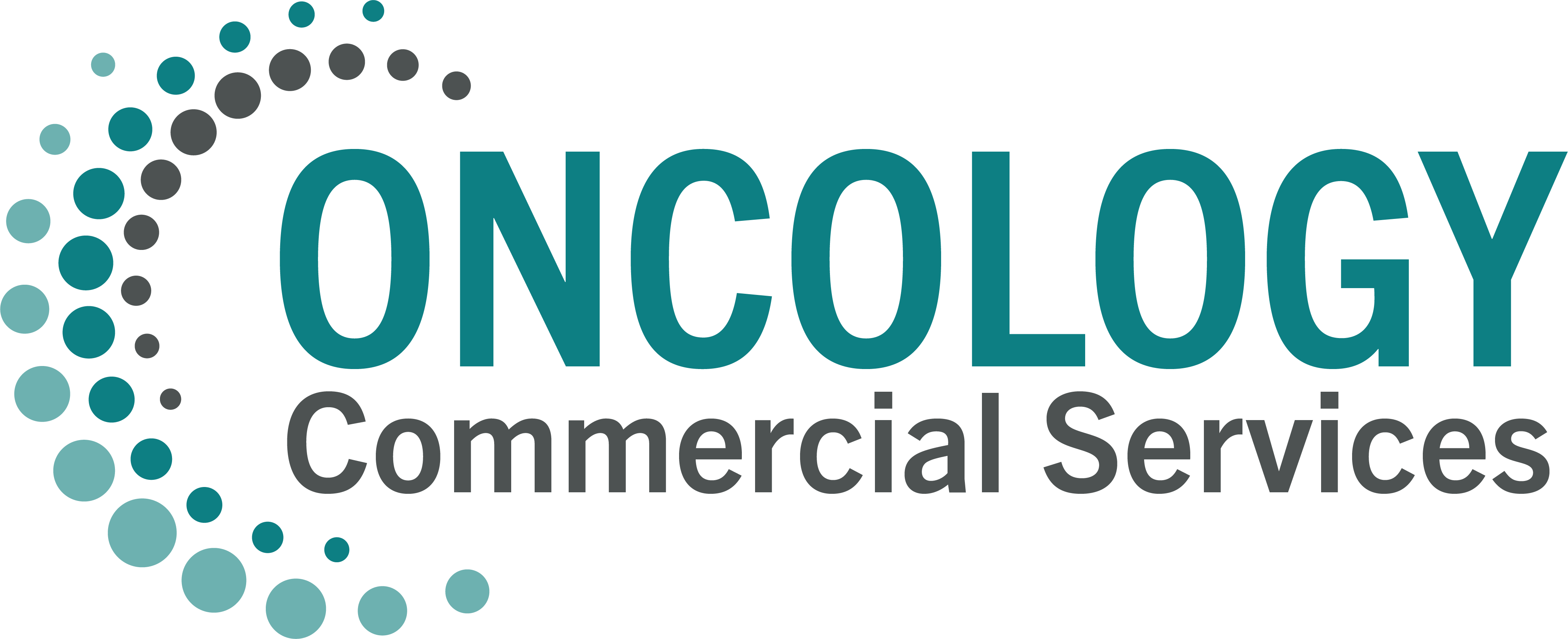We analyzed the antitumor activity of platinum-based chemotherapies and then immune checkpoint inhibitors (ICI) in all-comers patients with solid tumors having a somatic DNA damage repair gene alteration (DDR-GA) identified through a prospective precision medicine study (NCT02534649). Each DDR-GA was classified as pathogenic (Pa), probably pathogenic (PPa), and unknown pathogenicity (UPa) according to OncoKB and ClinVAR databases. Between January 2018 and May 2020, 662 patients were screened. One hundred ninety-nine tumors with DDR-GA were found in 121 (18.3%) patients. Ninety-six patients received platinum-based chemotherapy in the advanced setting. No difference in objective response rate (ORR) under platinum regimen was observed between the 3 DDR-GA groups. The only predictor of worse progression-free survival (PFS) in Cox regression was the existence of a Pa alteration compared to the UPa group: HR = 2.11 (95% CI = 1.2-3.7), P = .009. Forty-eight patients received ICI alone or in combination. We observed a significant trend in better ORR to ICI according to the DDR-GA status: 1/11 (9%) patients in UPa, 5/17 (29.4%) patients in PPa, and 9/20 (45%) patients in Pa (P = .003, Cochran-Armitage trend test), and an increased 6-month PFS probability of 11%, 44%, and 50% in the UPa, PPa, and Pa groups, respectively (P = .37, log-rank test). Overall, somatic pathogenic DDR-GAs were not associated with ORR or PFS to platinum-based chemotherapy in patients with unselected advanced solid tumors. However, DDR-GA seemed to impact ORR and PFS to ICI, paving the way for a therapeutic combination with ICI and molecules targeting the DDR mechanisms, which are currently evaluated in ongoing clinical trials.
This is an interesting beginning to what may prove to be a useful adjunct in therapy.
READ THE ARTICLE – https://academic.oup.com/oncolo/advance-article/doi/10.1093/oncolo/oyae044/7638528
